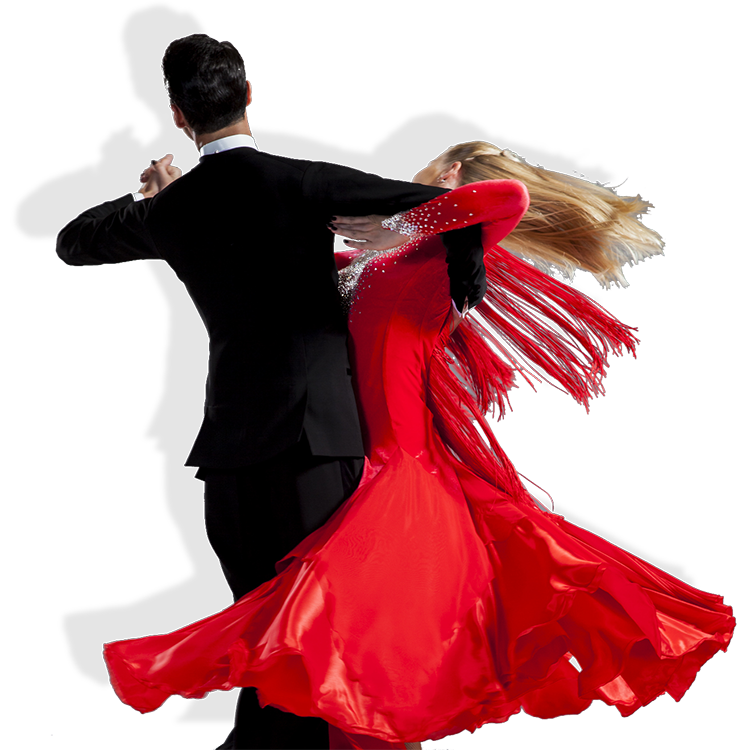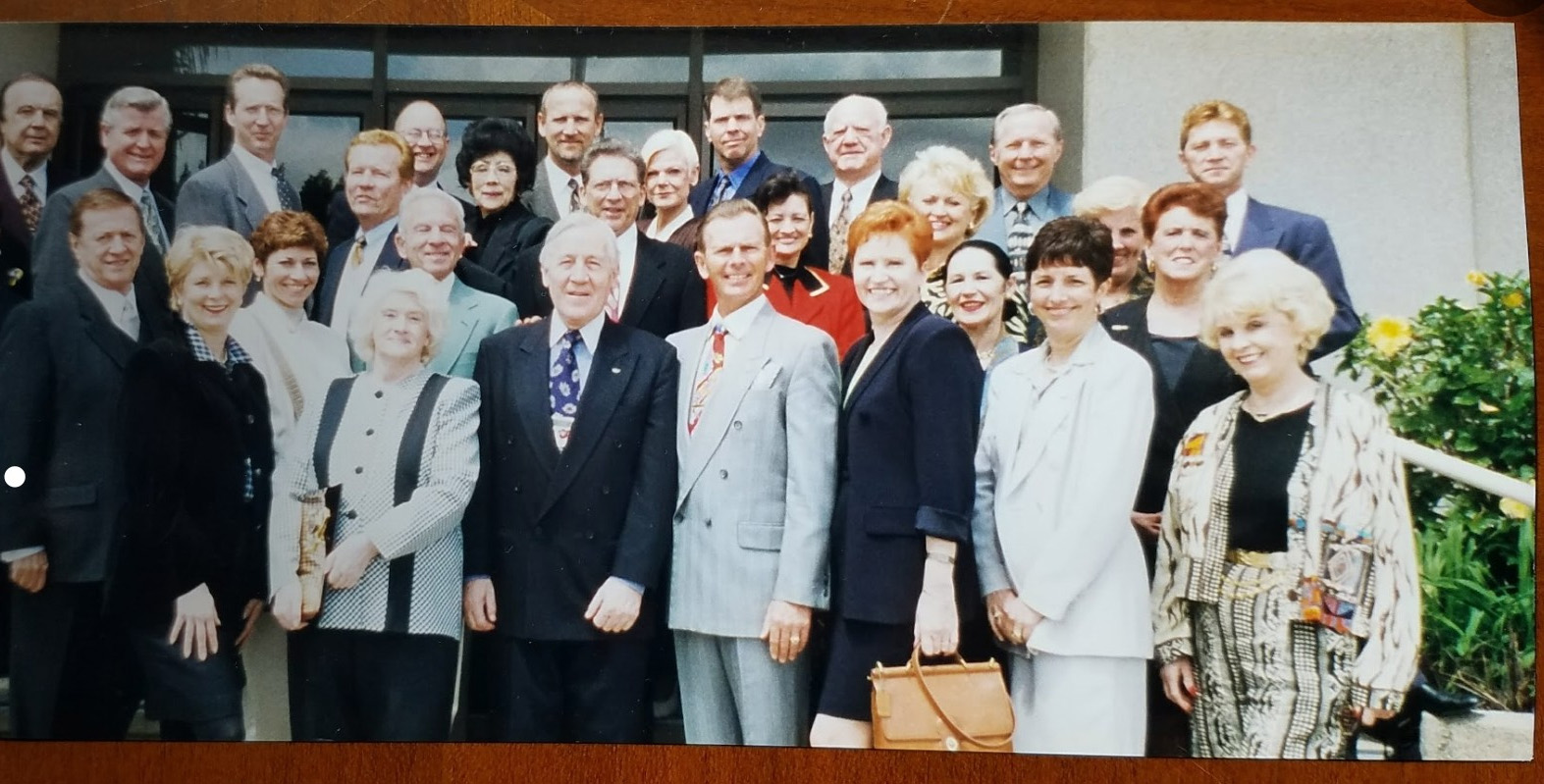





The National Dance Council of America is the official governing body for dancing in the United States.
Its purpose is to provide, on a nationwide basis, a united inter-associated agency to represent the interests of those in the dance profession and other dance related entities and organizations and to act as the agency for cooperation with similar councils in other countries.
To also conduct a continuing campaign for the establishment and the maintenance of high standards in dance education, and to acquaint the public with the nature and benefits of these standards and to recognize the status of qualified dance teachers affiliated to member organizations of this Council.
Bi-annual meetings are held, and delegates from each member organization are present to discuss affairs, programs and problems related to the dance industry.
Note: Early minutes state regarding the "Nature of the Council" - "We all know that 'in unity there is strength' and there is strength in numbers. Together we can do many things for the profession that individuals and individual organizations could not hope to do."
Ballroom Department
The Ballroom Department deals with all matters pertaining to all forms of Ballroom Dancing and any Contemporary dances that become popular from time to time.
Performing Arts Department
The Performing Arts Department deals with all matters pertaining to Classical Ballet, Tap, Modern, Jazz, Acrobatics, Ethnic and other Performing Arts dance forms.
Public Relations Department
The Public Relations Department deals with all matters pertaining to promotion, publicity, news releases, demo graphics, information brochures, research and development and commercial business aspects of all forms of dance.
